We may earn money or products from the companies mentioned in this post. This means if you click on the link and purchase the item, I will receive a small commission at no extra cost to you ... you're just helping re-supply our family's travel fund.
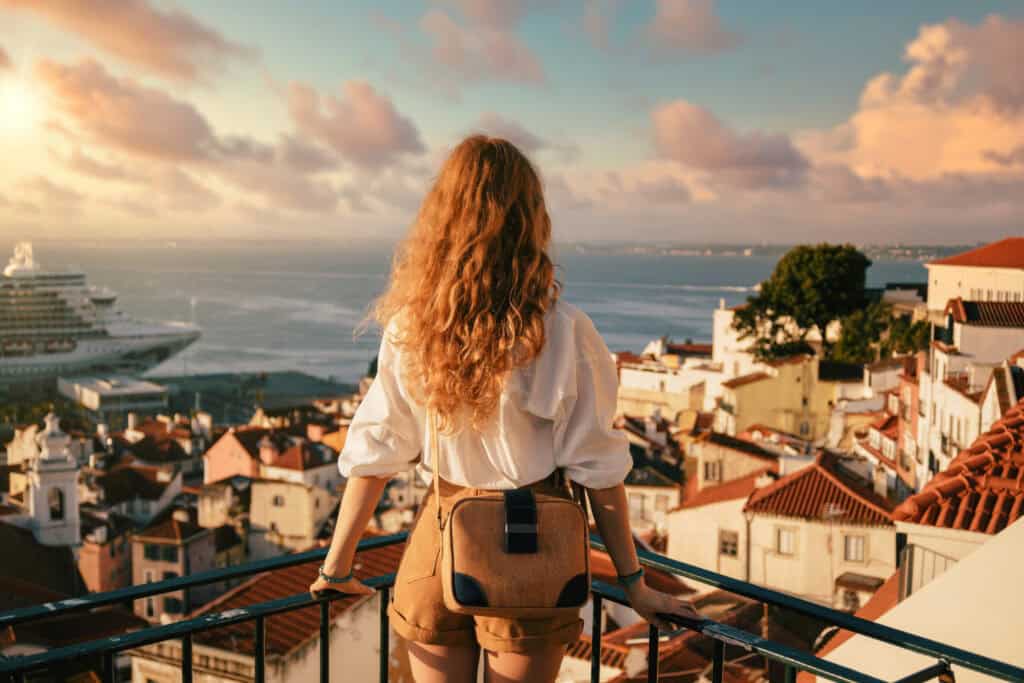
Great cities feel welcoming when the basics show up on time: clear maps, bright streets, and people whose job is to help. Many places now back that feeling with practical tools, from late buses and patrol teams to apps that flag safer walking routes. It is not about fear. It is about keeping attention on markets, galleries, and river views while the city handles lighting, wayfinding, and quick responses. Here are nine spots where recent initiatives make wandering simpler and steadier.
Lisbon, Portugal
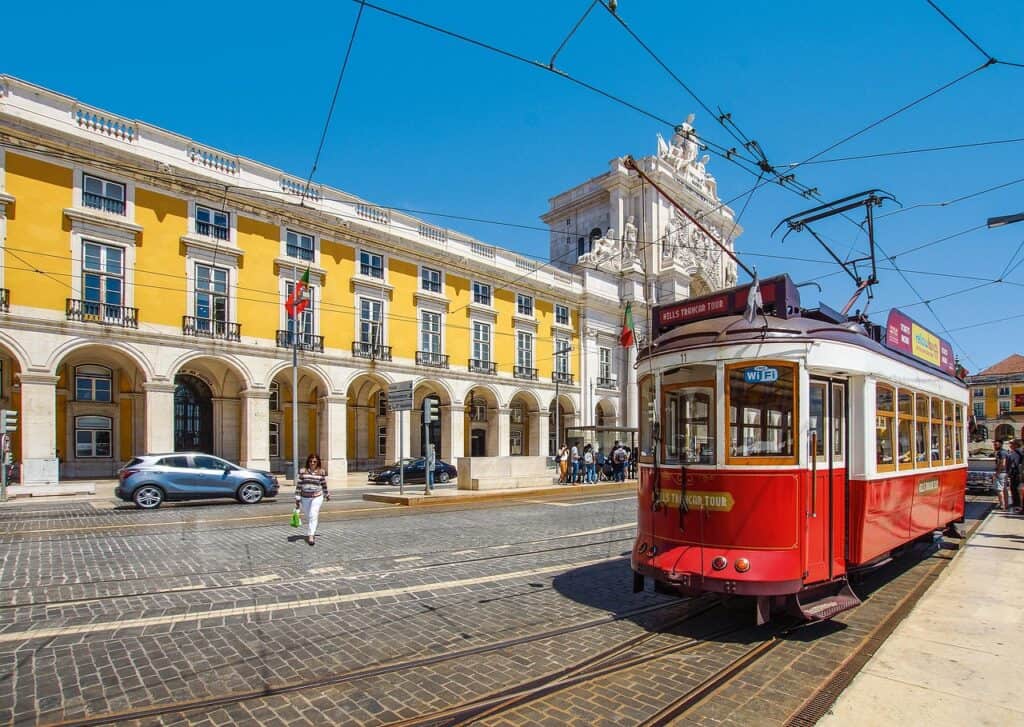
Lisbon has leaned into visitor comfort with expanded night buses, better lighting on popular stairways, and tourist support posts in central districts. Teams patrol riverfront promenades and historic quarters in visible pairs, offering directions and first aid while discouraging nuisance activity. New signage bundles tram stops, miradouros, and metro links on one panel, so detours feel like choices rather than risks. The result is easy evenings that drift from viewpoints to bakeries without guesswork.
Singapore
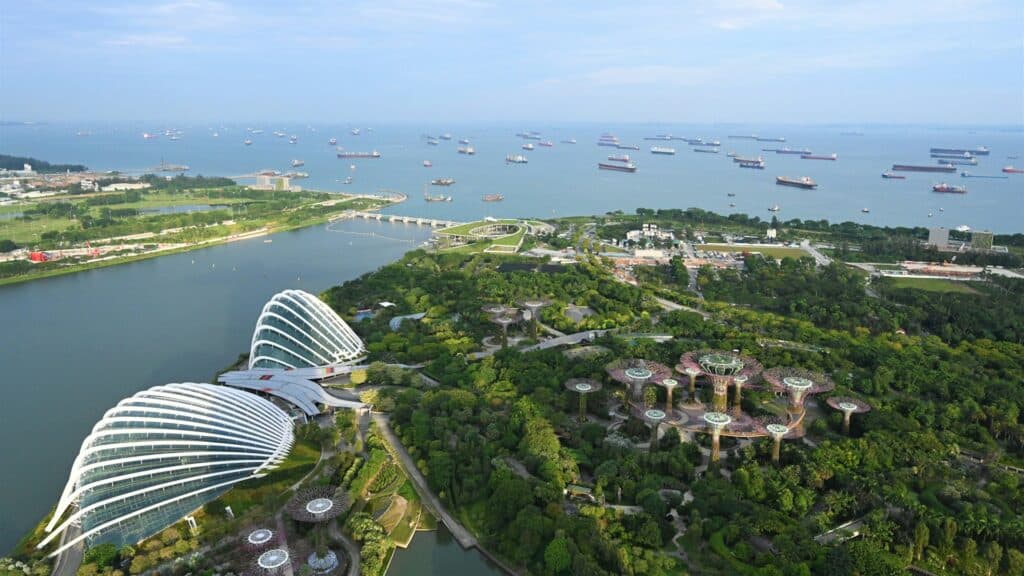
Already efficient, Singapore keeps tuning the details. Ambassador crews circulate through heritage zones and seaside parks, trained to help with lost items, minor injuries, and language support. Park connectors and waterfront paths received lighting upgrades and emergency intercoms at regular intervals. Late buses and frequent trains shorten waits after concerts or hawker-center runs. Clean sightlines, staffed stations, and clear rules mean even long days end with calm rides back to the hotel.
Vancouver, Canada
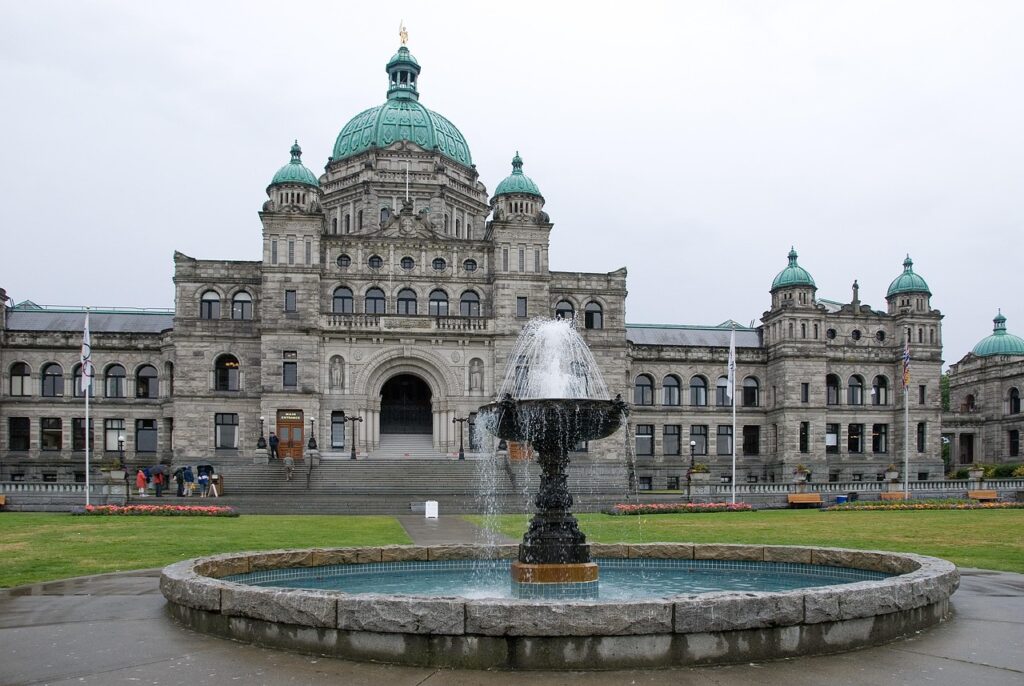
Downtown hosts a coordinated mix of community safety officers, nightlife stewards, and well-marked taxi stands that tame post-event crowds. Pedestrian corridors gained brighter LEDs and new wayfinding, linking the seawall to transit without dark gaps. Libraries and community centers now offer designated safe-wait zones with phone chargers and staff in the evenings. These small systems add up, turning rain-soaked festival nights and waterfront strolls into relaxed, predictable transitions.
Melbourne, Australia
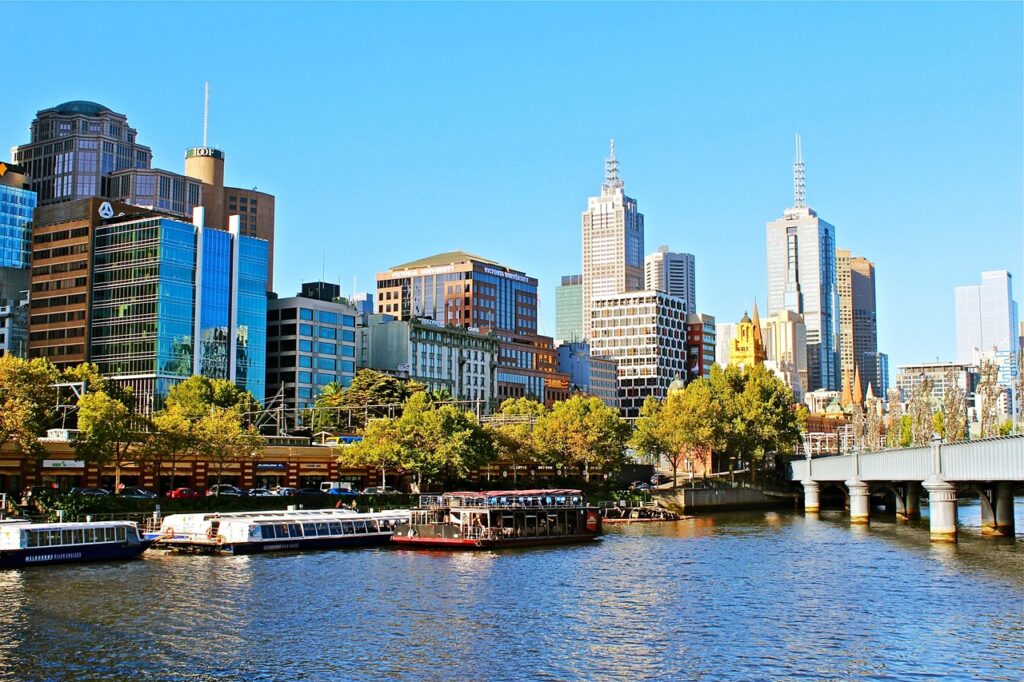
Melbourne’s Night Network keeps trains, trams, and key buses running late on weekends, which does more for confidence than any slogan could. Station attendants and roaming support teams help with routes and step-free options, while city ambassadors handle maps and lost kids on big-event days. Major laneways enjoy upgraded lighting and CCTV monitored in real time. Galleries, footy finals, and river walks slot into one plan, with fewer awkward gaps after 11 p.m.
Dublin, Ireland
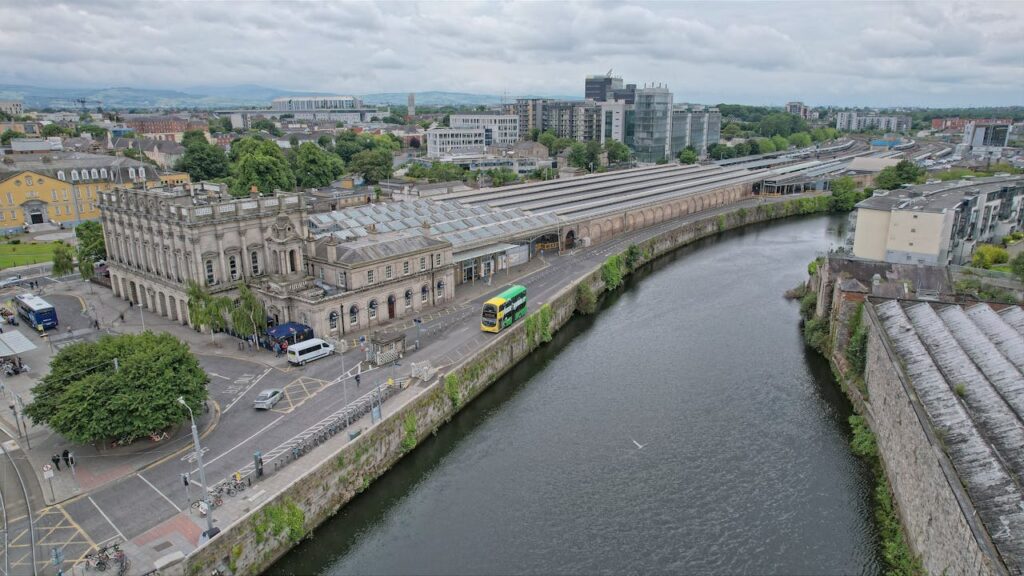
Dublin’s night-time economy push brought later buses on core routes, brighter quayside lighting, and trained venue staff who can call assistance without drama. Street stewards work Temple Bar and nearby lanes during peak hours, guiding people to taxi ranks and bus stops. Clearer signs now knit together the castle, Trinity, and museum triangle, so detours feel intentional. The tone is friendly and firm, designed to keep the music high and the hassles low.
Seoul, South Korea
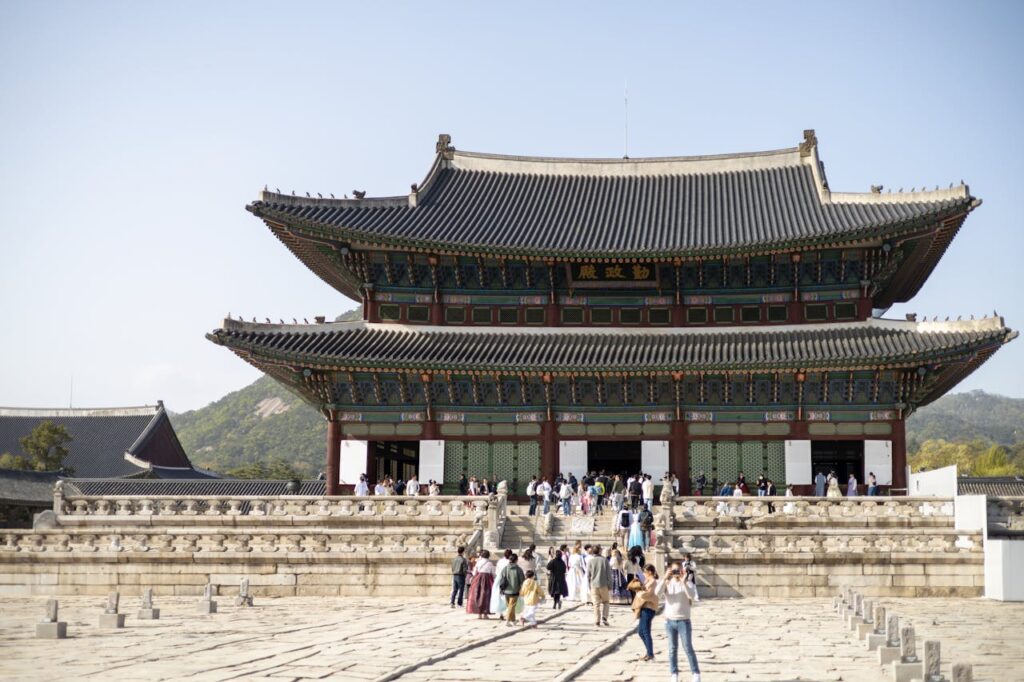
Seoul pairs fast subways with tools built for reassurance. Ward offices maintain safe-walk escorts by request, convenience stores serve as recognized help points, and neighborhood cameras cover popular lanes with live monitoring. City apps highlight bright routes and late buses, nudging walkers toward streets with steady foot traffic. Stations stay staffed deep into the night, and platforms are well lit end to end. The effect is a network that feels awake when people are.
Vienna, Austria
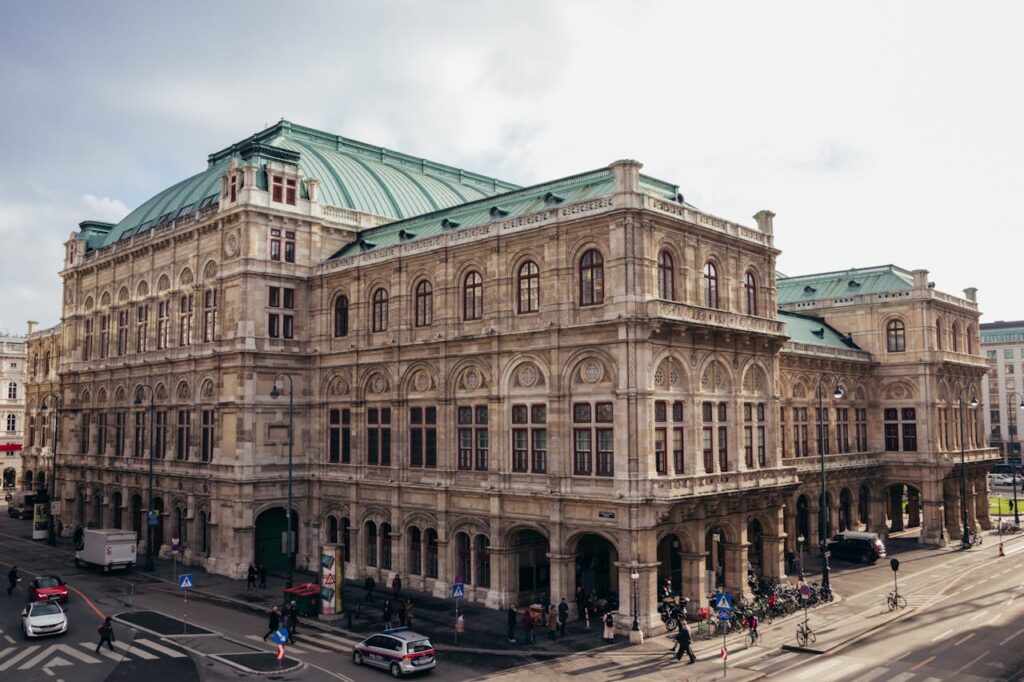
Vienna’s prevention teams ride evening U-Bahn lines and fan out around major hubs, checking platforms and answering questions. Districts added focused lighting on park paths and river promenades, along with emergency call pillars at set intervals. Multilingual signage puts tram links, exits, and first-aid icons on one glanceable board. Museums and concerts can run late without turning the trip home into a puzzle. Calm, tidy, and watchful suits the city well.
Reykjavik, Iceland
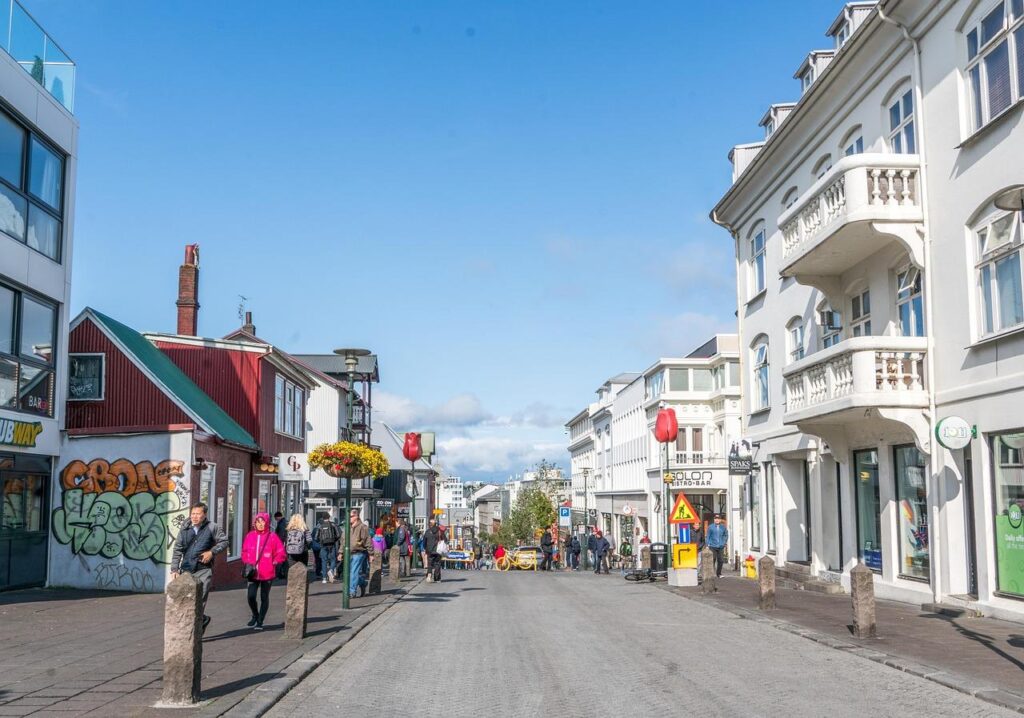
Reykjavik tightened its compact center with coordinated patrols on weekend nights, safe taxi ranks near the pond, and clearer pedestrian routes between bars and hotels. Winter brings early darkness, so the city invested in brighter fixtures and reflective wayfinding that pops in low light. Coastal paths feature new help points and weather advisories tied to wind alerts. The payoff is simple: northern-lights chases and late dinners end with short, confident walks back to a warm lobby.
Edinburgh, Scotland
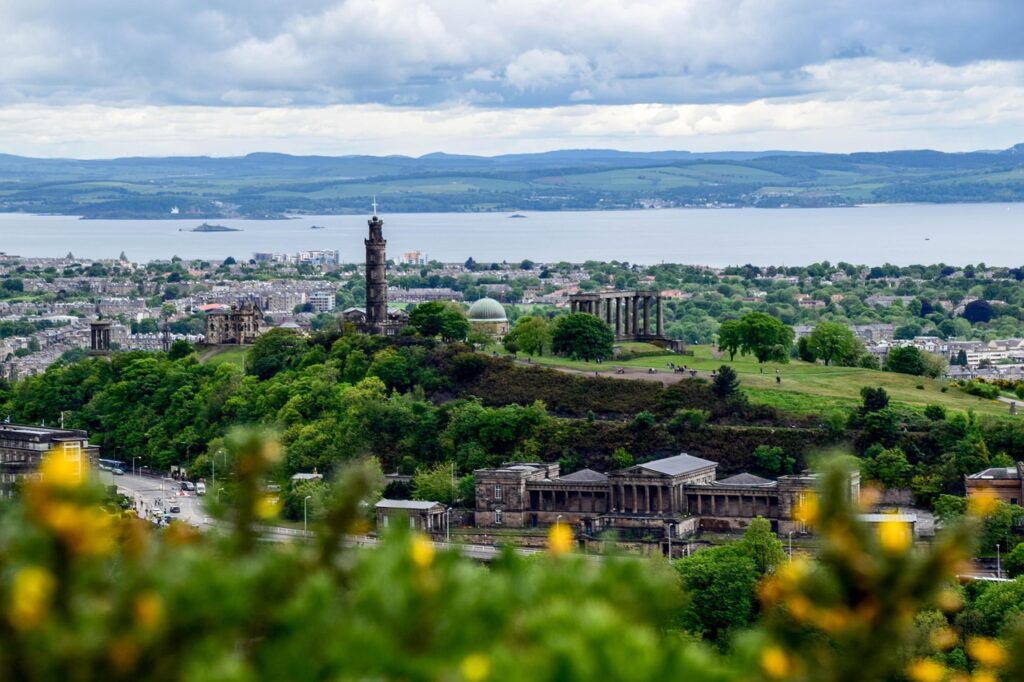
Edinburgh’s old-town lanes and festival crowds now benefit from trained street teams who liaise with venues, guide lost visitors, and connect people to medical help fast. Temporary lighting and signage appear during major events, keeping closes and wynds readable at a glance. Well-signed night buses radiate from the center, and taxi marshals manage queues near key squares. The castle glow stays romantic while the walk downhill feels straightforward and supervised